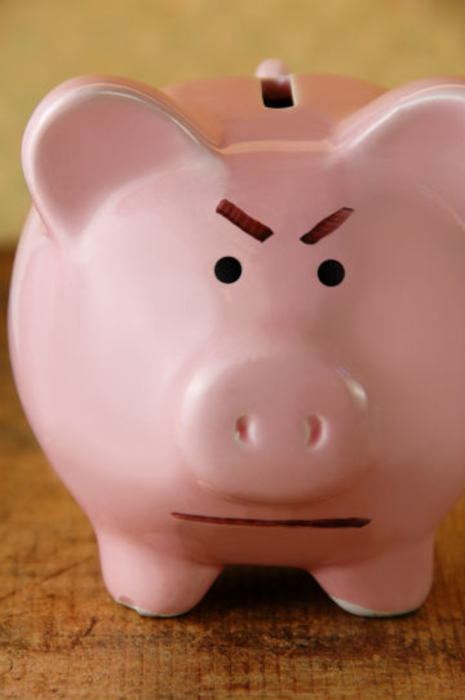Temkin Group recently published the report “What Happens After a Good or Bad Experience, 2014.” The report, as the title suggests, examines the feedback and spending changes that happen after good and bad experiences. Why does this matter to marketers? Because brands come to life or die based on good and bad experiences.
The research examines 10,000 U.S. consumers, 268 companies, and 19 industries. Here are some of the findings from the research:
Bad experiences vary across industries. Sixteen percent of consumers surveyed have recently had a bad experience with Internet service providers and TV service providers; however, only 3% have had a bad experience with grocery chains. In addition, more than 20% of consumers report bad experiences with Time Warner Cable, Motel 6, Coventry Health Plan, and Comcast. It’s hard to create a solid brand if your customers always have a bad experience.
Implications for marketers: Rather than spending money on advertising, some companies would be better off investing in reducing the causes of bad experiences.
Consumers stop spending after a bad experience. The percentage of consumers who cut back on their spending after a bad experience ranges from 23% in health plans to 61% in fast food.
Implications for marketers: How much does it cost to get 1% of customers to increase their spending? It’s difficult to spend enough on marketing to make up for the volume of lost sales in some industries.
Service recovery can increase purchases. After a bad experience, consumers adjust their spending based on how a company responds. When companies provide a very poor response, 62% of consumers will cut back on their spending—and only 2% will increase what they buy. When companies provide a very good response, only 21% decrease their spending—and 29% increase their spending.
Implications for marketers: Support your organization’s effort to quickly and effectively take care of unhappy customers.
Consumers share more bad news than good news. After a very bad experience, 55% of consumers tell a friend. However, only 50% share news about a very good experience. This bias differs across companies’ customer bases. Customers of Morgan Stanley Smith Barney, Regions, Scottrade, True Value, and Travelers are the most likely to share negative news with friends. Conversely, customers of Infiniti, Fujitsu, Cadillac, Hitachi, and Quality Inn share more positive than negative news with friends.
Implications for marketers: If you’re looking to get positive word of mouth from customers, then you must overcome this negative bias and find more ways to create more happy customers.
Facebook feedback drops off after mid-40s. Consumers who share their very good or very bad experiences on Facebook differ wildly across age groups. More than 25% of adults under the age of 35 post about their good and bad experiences, while less than 15% of 50-year-olds put that information on Facebook.
Implications for marketers: Building brand advocates on Facebook will probably only work for younger consumers.
The bottom line: Marketing is easier when companies deliver good experiences.







